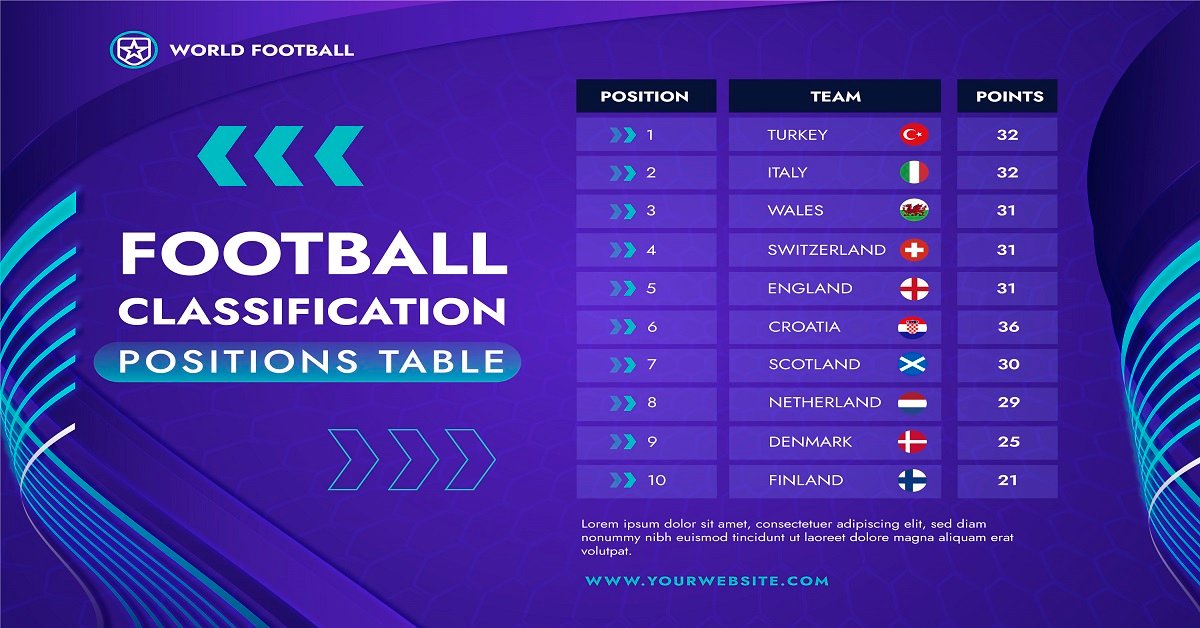In recent discussions surrounding experts pseudo osint israel hamas cox media conflict, the use of open-source intelligence (OSINT) has become more significant than ever. OSINT, which relies on publicly available data to analyze situations and gather insights, plays a crucial role in shaping narratives and influencing public opinion. However, in the digital age, not all intelligence is genuinely open-source. “Pseudo-OSINT” has emerged as a term to describe purportedly open-source intelligence that may, in fact, lack transparency, reliability, or accuracy.
Media organizations, including Cox Media, rely on OSINT sources, expert analysis, and a vast network of correspondents to provide context and in-depth reporting on global events. In a situation as sensitive as the Israel-Hamas conflict, how these narratives are shaped becomes crucial to understanding the geopolitical and human impact of ongoing events.
Defining OSINT and Pseudo-OSINT in the Conflict Context
Open-source intelligence (OSINT) refers to the collection and analysis of publicly accessible data. It can include information from news outlets, social media, satellite images, government publications, and other publicly available sources. OSINT has become a key component in investigative journalism, security analysis, and geopolitical research. In the Israel-Hamas context, OSINT helps to validate information about troop movements, impacts on civilian areas, ceasefire violations, and much more.
experts pseudo osint israel hamas cox media however, differs in that it may use manipulated or selective data. This data can appear credible but often lacks verification, transparency, or objectivity. In some cases, pseudo-OSINT can serve agendas by spreading misinformation or amplifying bias. Unfortunately, in a media-saturated world, the lines between OSINT and pseudo-OSINT can blur, leading audiences to draw conclusions based on unverified or skewed data.

The Role of Experts in Navigating Complex Narratives
Experts play a pivotal role in distinguishing between experts pseudo osint israel hamas cox media especially in conflict reporting. For journalists and media organizations like Cox Media, experts in international relations. The Middle Eastern politics, and military strategy are essential for providing accurate, nuanced analyses. These experts bring years of experience, often grounded in direct knowledge of regional dynamics, language proficiency, and familiarity with cultural contexts.
Experts also assist in contextualizing information sourced from social media or crowd-sourced platforms like Telegram or Twitter, where real-time updates can be a mix of fact, opinion, and potential disinformation. With complex subjects such as the Israel-Hamas conflict, experts interpret the larger implications of information trends, recognizing potential propaganda and identifying credible sources within the flood of digital content.
Cox Media’s Approach to Covering Israel and Hamas
Cox Media, like many global news organizations, faces the challenge of presenting conflict-related news with accuracy and impartiality. By verifying sources, cross-checking satellite imagery, and consulting experts, Cox Media strives to avoid the pitfalls associated with pseudo-OSINT. Their newsrooms maintain a commitment to factual reporting, which often includes reaching out to verified OSINT communities or specialists to validate contentious claims.
In addition, Cox experts pseudo osint israel hamas cox media prioritizes stories that address the human cost of the conflict. The use of verified OSINT, combined with expert commentary, allows Cox Media to go beyond the mere “who, what, and where” of news events. Their coverage emphasizes the nuances of civilian impact, humanitarian concerns, and the underlying political complexities that drive regional tensions.
The Influence of Pseudo-OSINT on Public Perception and Policy
The influence of experts pseudo osint israel hamas cox media is not limited to social media alone. Misinformation spreads quickly and can reach policymakers, activists, and the general public, thereby shaping narratives that influence real-world actions. For example, pseudo-OSINT might distort the scale or nature of military actions, potentially escalating tensions. Public opinion is often shaped by the accessibility of information, and when pseudo-OSINT is taken at face value. They can drive emotional reactions rather than informed responses.
Governments and institutions involved in the conflict are aware of the potential of OSINT to affect public opinion. As a result, some stakeholders may use pseudo-OSINT strategically, creating “leaks” or “unverified claims” to mold public perception. This manipulation further complicates the ability of reputable media organizations to provide clear, unbiased reporting.
Media Literacy and the Responsibility of Media Organizations
In an era where pseudo-OSINT has become increasingly pervasive, media literacy among the public has never been more critical. Media organizations, including Cox Media, are positioned to promote transparency in their reporting. The processes and educate audiences on discerning reliable sources. They have a responsibility to guide viewers and readers, helping them recognize credible sources and understand. The difference between genuine OSINT and potentially biased information.
Transparency in methodology, such as explaining how satellite images are analyzed or how video content is verified, helps readers understand the rigor behind each report. Cox Media, like many responsible media outlets, often publishes detailed explanations of its source verification processes to enhance reader trust and maintain accountability.

Conclusion: The Path Forward for Responsible Conflict Reporting
The experts pseudo osint israel hamas cox media conflict underscores the importance of accurate information and expert analysis. As pseudo-OSINT continues to challenge traditional media, organizations must work diligently to maintain high standards of transparency and accuracy. Experts, with their specialized knowledge and analytical skills, remain indispensable in providing context and clarity amid a sea of information.
Media outlets like Cox Media are vital in upholding factual integrity by leveraging OSINT responsibly and differentiating it from pseudo-OSINT. This distinction is essential, as it not only influences public perception but also shapes diplomatic and humanitarian responses. In our increasingly connected world, promoting an informed and media-literate public remains crucial to countering. The spread of pseudo-OSINT and ensuring that information serves the cause of truth and justice in conflict reporting. See More



